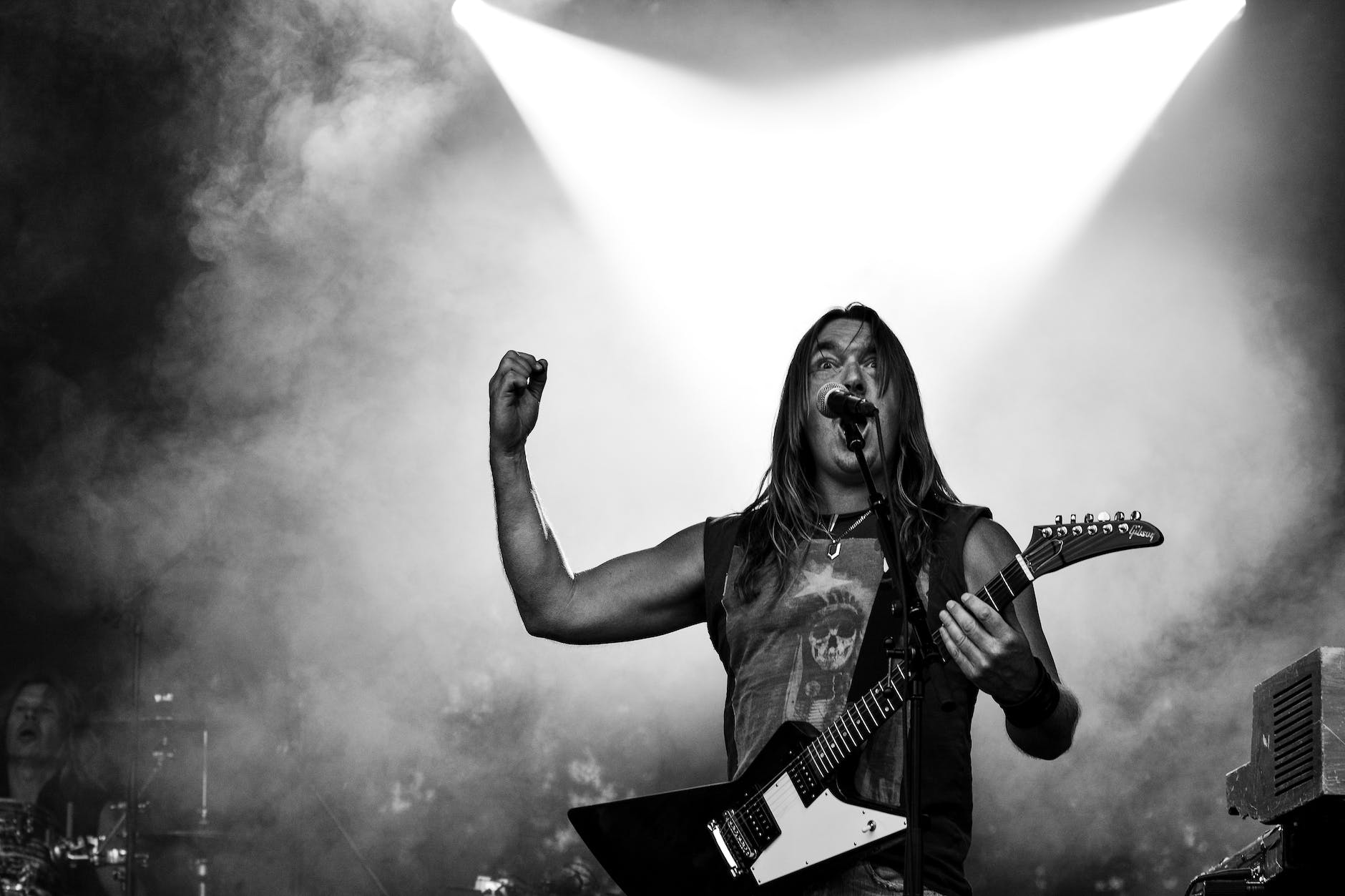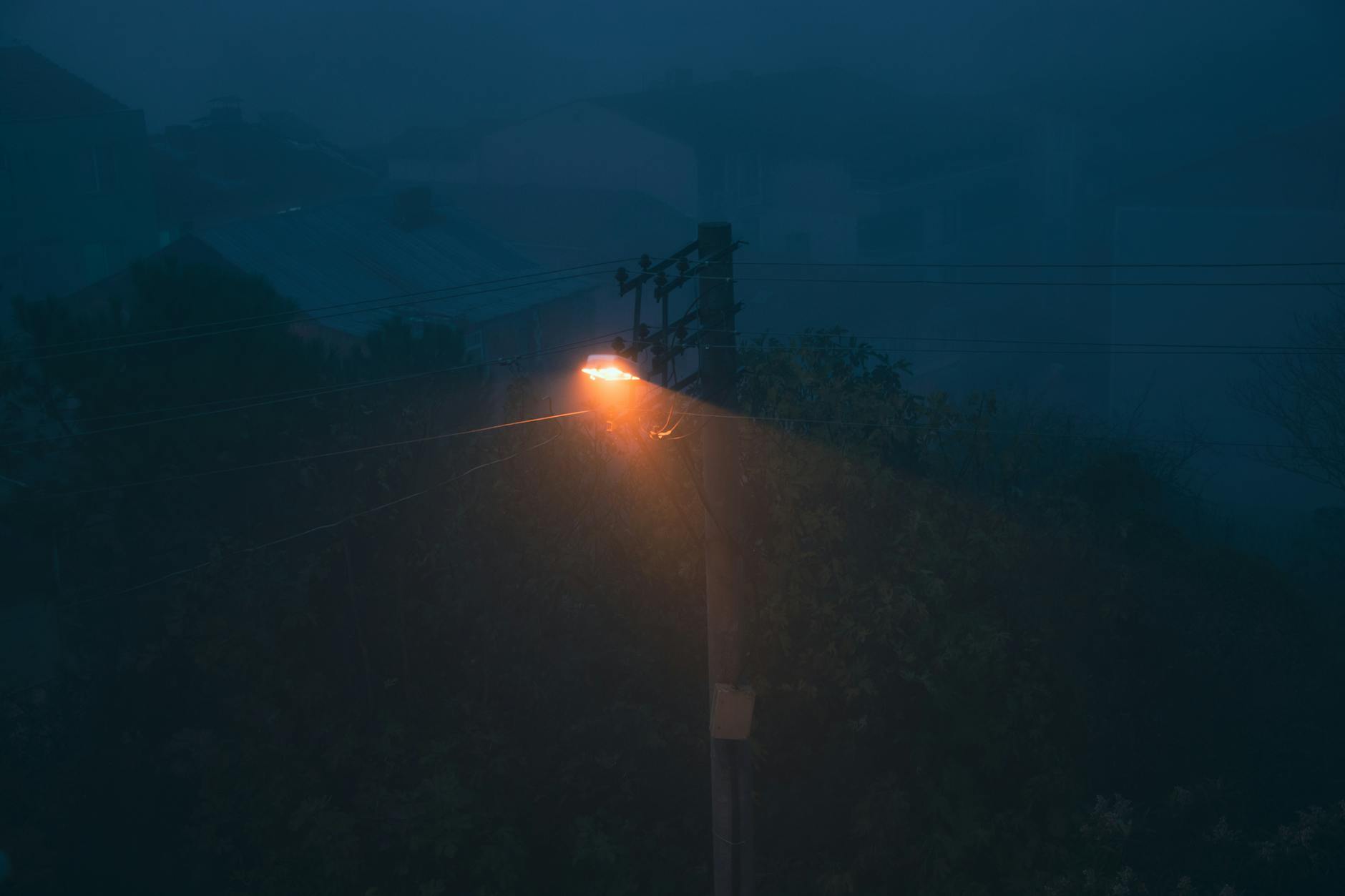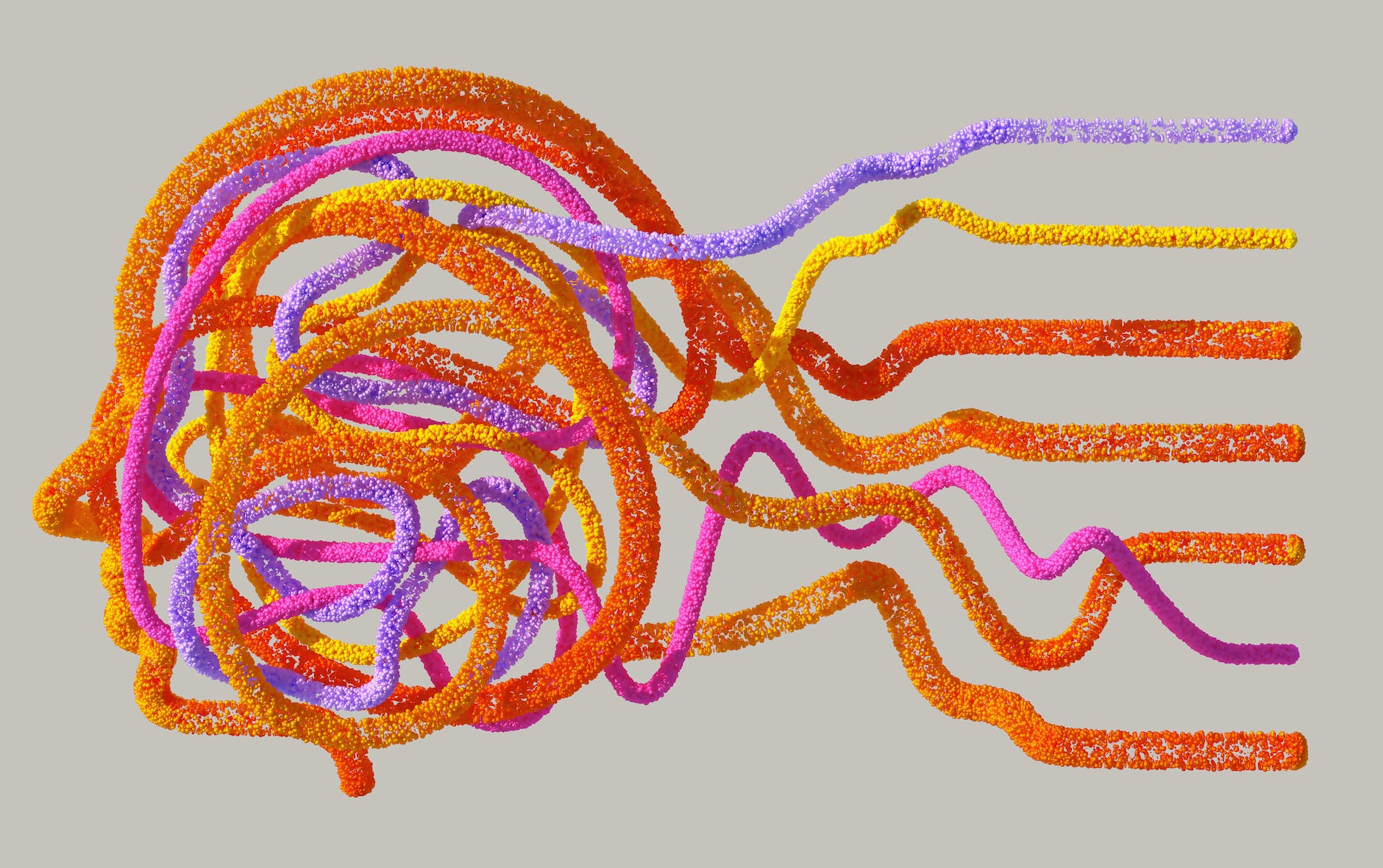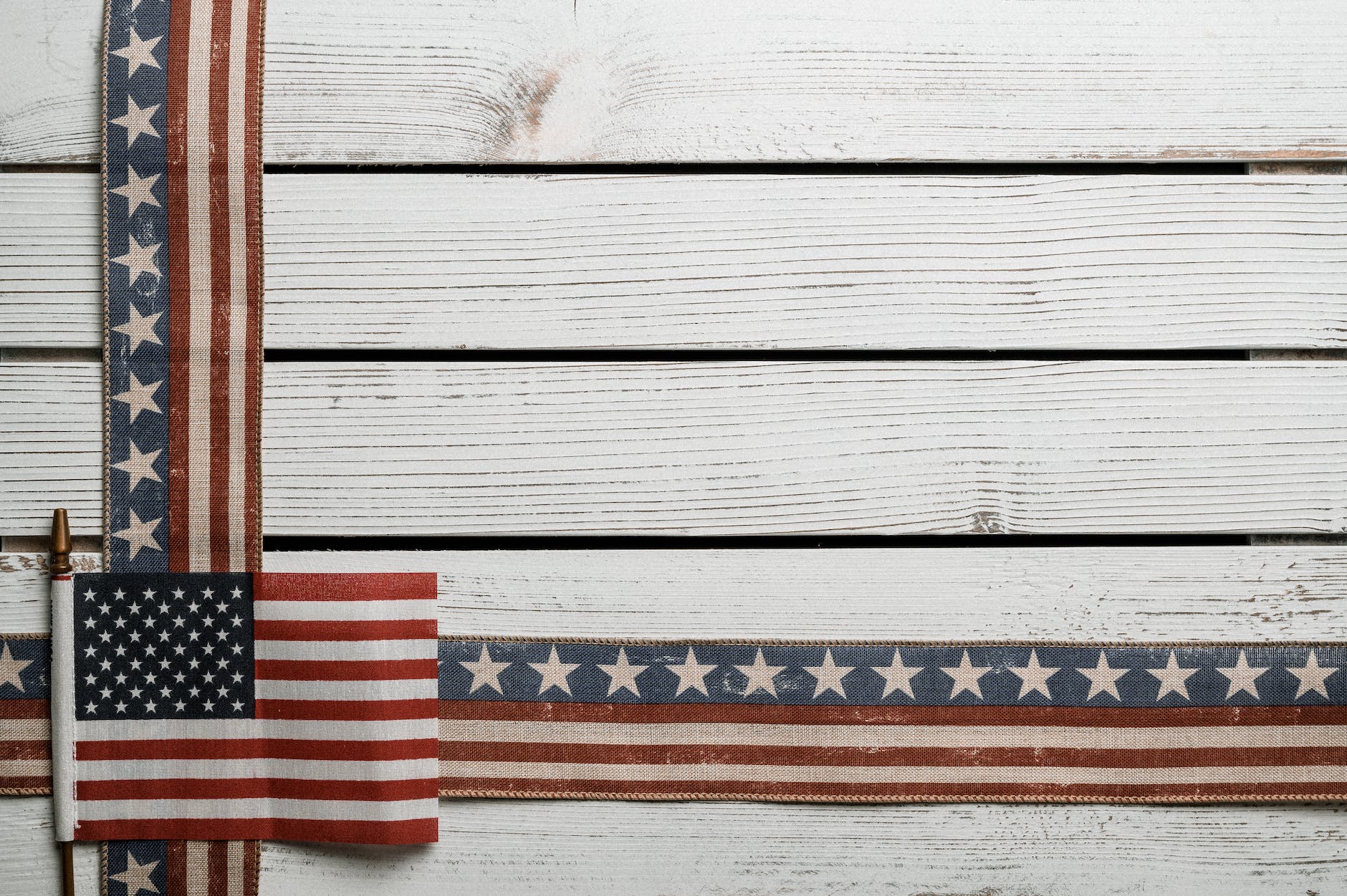Psychedelic art, like its musical counterpart, psychedelic rock, is a tangible manifestation of a profound movement. It is vivaciously characterized by highly saturate palettes, sprawling tactile spirals, and enigmatic iconography embodying both the idiosyncratic and the universal. This potent visual language, paired with its sonic counterpart, has the power to transport us into rich, uncharted landscapes of complex emotion and perception.
The onset of the psychedelic era in the 1960s led to a burst of creative exploration that went well beyond the confines of ordinary perception. Music, especially a genre known as Psychedelic Rock, evolved as an essential element within the psychedelic culture. This genre, encompassing bands like Pink Floyd, The Grateful Dead, and The Doors, employed a sound that mirrored the skewed, kaleidoscopic nature of altered states. Simultaneously, a surge of opulent, abstract, and often surreal visual art came to express the cognitive and emotional experiences induced by the music.
One of the most striking examples of this music-art symbiosis is in the realm of Album Cover Art. Psychedelic album covers from the 60s and 70s are famed for their colorful and complex designs. Often depicting fantastical, dream-like landscapes, their purpose was more than aesthetic, serving as an invitation for listeners into the hallucinogenic soundscapes of the music within.
However, the influence of music on psychedelic art goes well beyond album covers. Psychedelic Concerts and Music Festivals often feature hypnotic visual displays, swirling with colors, geometric patterns and flowing lines that resonate with the frequencies and gyrations of the live music. Moreover, this powerful aesthetic has bled into the broader design universe, influencing fashion, graphic design, movie stigmas, paintings, and more.
A fascinating aspect of this kind of art and music relationship is the phenomenon of synesthesia, a condition where the stimulation in one sensory field involuntarily evokes a perception in another. As this perception often links sound to color, it has influenced many a musician and artist within the psychedelic sphere. Kandinsky, a painter and synesthete, referred to his pieces as “symphonies,” and employed a color theory based on his experience of sounds as color.
Geometric features in psychedelic art often aim to reproduce the highly structured, yet flowing characteristics of music. A concept known as Visual Music is often used to describe this form of harmonic expression where tones, rhythms, melodies have their parallels in lines, shapes, and color changes.
As a wind-up, we can observe how psychedelic art and music might not just be a sensory extravaganza, but also mirrors of our inner cognitive workings. The arts have often transcended mere entertainment to become an expression of the collective human experience in mystical and profound ways. The deeper we explore, the more we realize the interconnectedness of creative domains like music and visual art.
In conclusion, the union of psychedelic art and music serves as a distinct and significant example of how different artistic forms can coalesce, reflect, and augment each other. Ultimately offering us a chance to see sounds, hear colors, and feel rhythms in ways that defy conventional perception. The psychedelic revolution may have started in the 1960s, but its resonating influence continues to inspire and inform our understanding of the power of creative cross-pollination even today.
Sources:
– Psychedelic Rock
– Album Cover Art
– Psychedelic Concerts
– Synesthesia
– Visual Music








